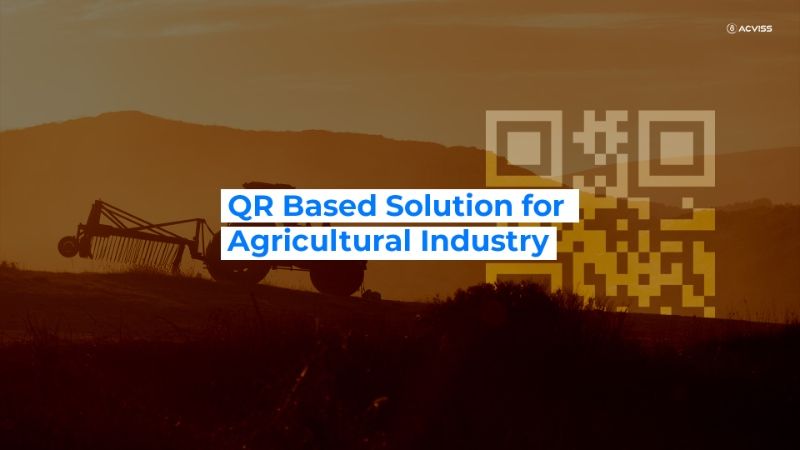RFID
What is RFID?
RFID, or Radio-Frequency Identification, is a technology that uses electromagnetic fields to automatically identify and track tags attached to objects. These tags contain electronically stored information, which can be read remotely using RFID readers. RFID technology is widely used across various industries for inventory management, access control and asset tracking due to its ability to accurately and efficiently identify items without requiring line-of-sight or physical contact. The tags come in different forms, such as passive, active, or semi-passive, each with its own set of capabilities and limitations, making RFID a versatile solution for a range of applications.

Components.
RFID systems typically consist of three main components: tags, readers, and a backend database or system. Tags can be either passive, drawing power from the reader’s signal, or active, with their own power source for longer-range communication. Readers emit radio waves to interact with the tags and capture their data, which is then processed and stored in a centralized system for analysis and management. With its ability to improve efficiency, accuracy, and security in various operations, RFID continues to be a pivotal technology driving innovation in supply chain management, retail, healthcare, and beyond.

